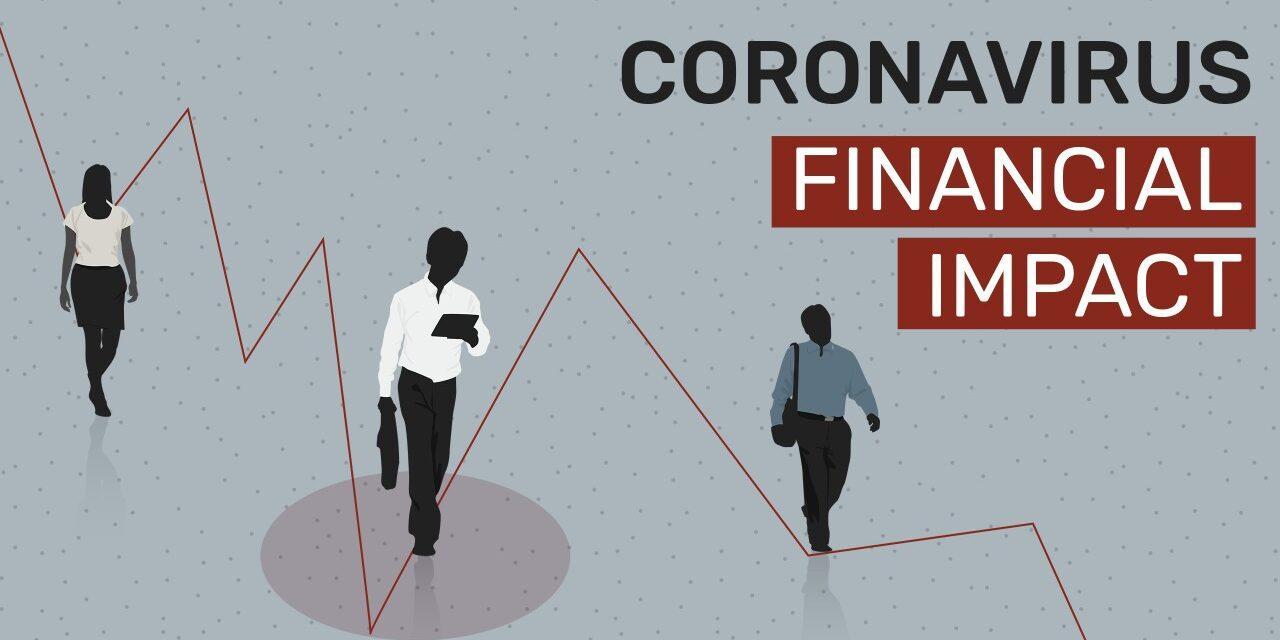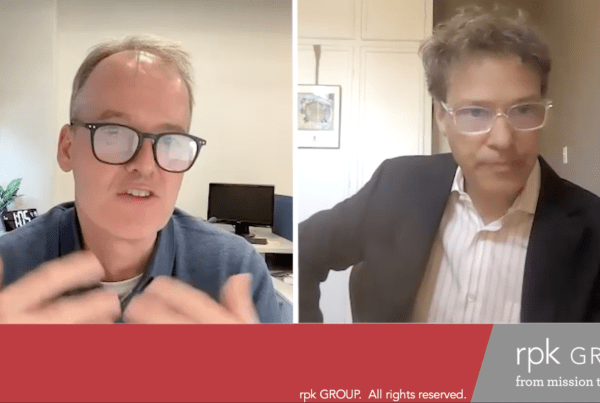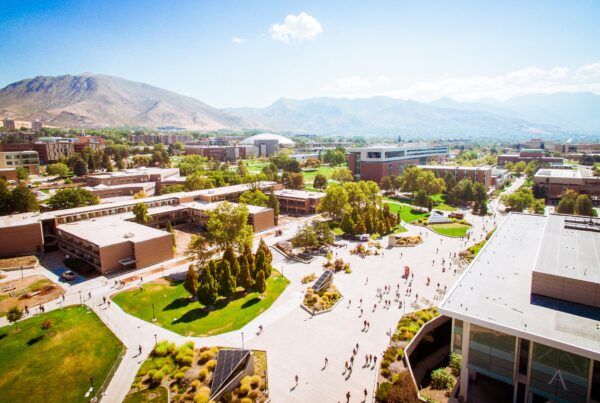This post first appeared on LinkedIn.
I recently joined Louis Soares, chief learning and innovation officer at the American Council on Education (ACE), and Mike Gower, executive vice president for finance and administration at Rutgers University, to get an early read on the financial impacts from COVID-19 on higher education, and how institutions are responding. (Watch the video Weathering the Financial Storm of COVID-19.)
It’s clear from our conversation that the ‘top of mind’ question for all institutional leaders is what the fall will look like. Pre-COVID, Gower shared that Rutgers was looking at a balanced budget for the year. Today? A $200 million shortfall.
Gower was candid about what contributed to that shift from balanced to unbalanced, including:
- State funding reductions of $73 million, a figure that doubled in the space of only a few days
- Room and board refunds of $50 million
While $54 million in federal stimulus funds will help, it’s one-time money and doesn’t begin to cover total projected shortfalls for this fiscal year.
For Gower, like many higher ed CFOs at this moment, it’s been hard to know the problem he and his team will have to solve. “The bottom line,” said Gower, “is that we’ve got to find the bottom line.”
“The bottom line is that we’ve got to find the bottom line….”
– Mike Gower, Rutgers CFO
During the course of our conversation, Louis, Mike and I framed the evolution in response in three stages: survival, recovery and the new normal. With a few exceptions, most institutions have now moved out of the survival stage and the immediate response to the crisis. In some ways, that stage drove its own solutions; institutions made the decisions they made and are now moving on to stage two.
The second stage focuses on recovery as institutions move toward the fall semester. Should they invest in a more robust, continued pivot to remote learning and operations, or hope for some return to normalcy? Ultimately, good leadership will need to lift everyone’s head up and consider specific plans surrounding the new normal.
So, what tools will be available to institutions as they address their financial impacts? It would be natural to reach back to higher ed’s playbook from 2008 and the Great Recession. Unlike that event, however, institutions will be unable to increase tuition pricing due to constraints in ability to pay. In a recent survey conducted by rpk GROUP and our strategic partner ABC Insights, 80 percent of presidents indicated that they plan to hold on any price changes at this time. Continued demographic declines in high school graduates and concerns over investing in additional education during the current period of uncertainty will also limit the ability to drive additional enrollments. That leads institutions toward making strategic and often more difficult choices on the expense side of the equation.
How might institutions make short-term decisions that help them build toward longer-term sustainability? Some key areas of exploration are already emerging:
Optimizing Administrative Structures and Workflow
- Review Staff Spans and Layers: evaluate how many administrative positions with management titles and salaries have management responsibilities. Consolidate reworking reporting lines to increase spans.
- Create Shared Services: consolidate functions that have been spread across the institution (e.g. marketing, IT, purchasing).
Capturing Academic Efficiency Opportunities
- Consolidate course sections and appropriately increase class sizes
- Increase faculty ‘throughput’ – student credit hours taught by each full time equivalent faculty member
- Reduce the amount of curriculum (courses, and ultimately programs) offered to better match student demand and yield
Most importantly, leaders will need to reallocate attention and investment toward strategic vision and initiatives. At the end of our conversation, all of us concluded that the challenges of COVID-19 could be a disrupting event that enables higher education to tackle long standing issues with its business model. Will the industry take advantage of that opportunity? That picture will soon become clearer as institutions get a handle on the incoming and returning class and public funding levels. While the question of what will happen this fall is currently front and center, the new normal of what higher education will choose to become will soon be the bigger question on the table.
Ready to discover more insights? Sign up to receive the monthly rpk Update.


